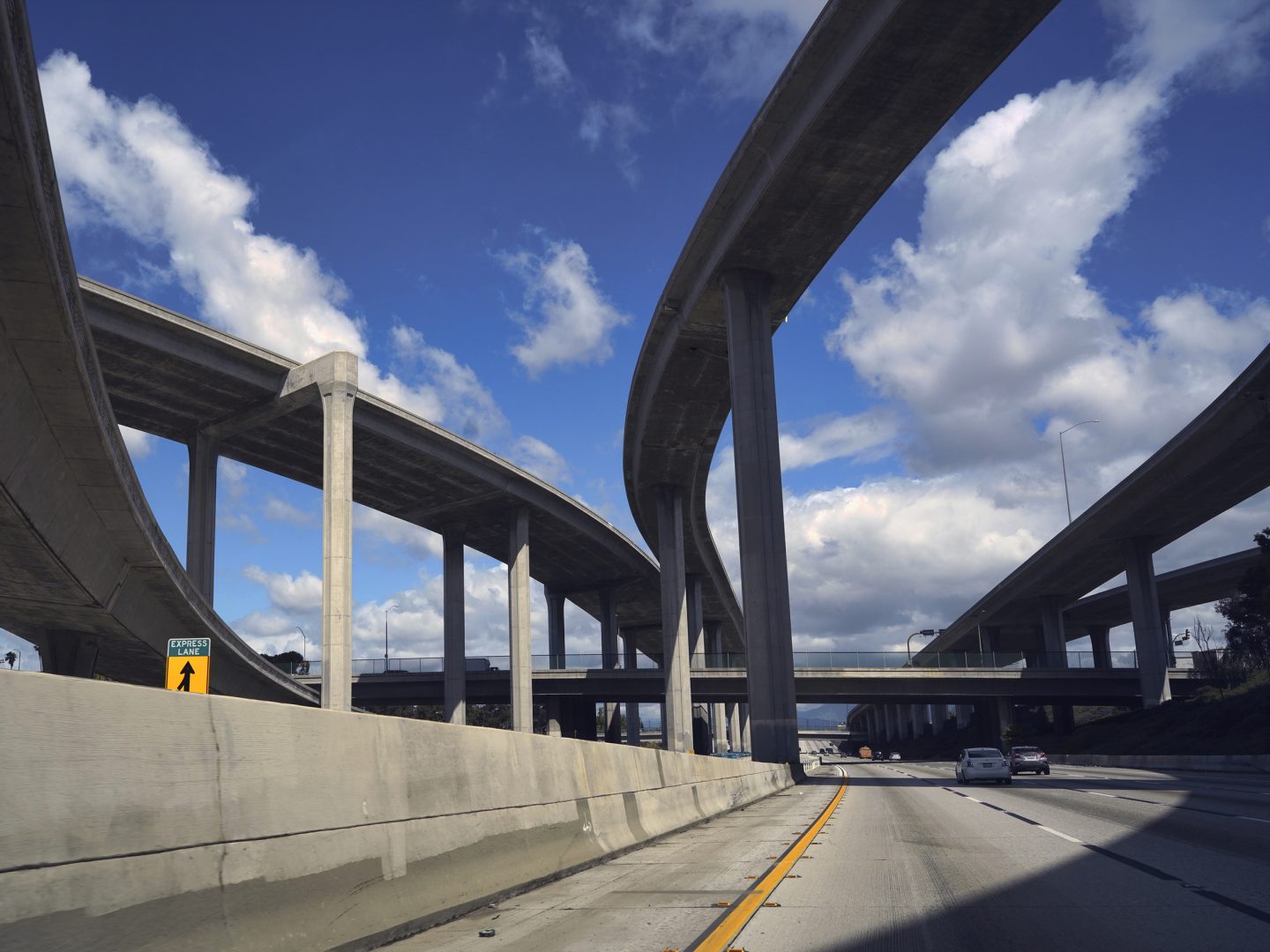
The CA-110, a highway that's frequently jam-packed with California commuters, saw extremely light traffic in March.

The CA-110, a highway that's frequently jam-packed with California commuters, saw extremely light traffic in March.

The CA-110, a highway that's frequently jam-packed with California commuters, saw extremely light traffic in March.
What you should know
» Coronavirus facts & FAQ
» Day-by-day look at the coronavirus in Pa.
» What the governor’s stay-at-home order means
In March, as states around the country began implementing stay-at-home orders and commuters got off the road, traffic dropped, but a new National Safety Council report finds that the number of motor vehicle fatalities per miles driven increased by 14% compared to the March 2019 rate.
The total number of motor-vehicle-related deaths dropped by 8% in March of this year compared to March 2019, but the number of miles driven dropped by over 18%, due to myriad COVID-19 related impacts.
The National Safety Council analysis counts a fatality as anyone involved in a motor vehicle accident; drivers, passengers, pedestrians and cyclists.
When the Council compared the number of fatalities to the number of miles driven in March 2020 to March 2019, that’s where analysts saw the 14% spike.
“What really strikes me is the incredible speed of the changes we’re seeing on a roadways,” Ken Kolosh, manager of statistics at the National Safety Council told NPR. “Looking at other recessions what you usually see is a decrease in the number of deaths, or the injuries and fatality rate holding steady or decreasing slightly.”
The Council also found that for every 100 million miles driven in March there were 1.22 deaths on the road, compared to 1.07 in March 2019.
“When we see the combination of both a dramatic decrease in number of total deaths coupled with a dramatic increase in the fatality rate on our roads that was very surprising,” Kolosh said.
In particular during the first three months of 2020, states such as Connecticut, Louisiana, New York and California saw significant jumps in roadway fatality rates.
The new nationwide data comes as some regional officials have reported that during the pandemic people have been driving more recklessly and there have been local upticks in car crashes.
The number of pedestrians and cyclists that have been killed by motor vehicles has gone up in recent years. In 2018, the number of both pedestrian and cyclist deathsshattered decades-long records.
The days of journalism’s one-way street of simply producing stories for the public have long been over. Now, it’s time to find better ways to interact with you and ensure we meet your high standards of what a credible media organization should be.